Ewe condition: Several people attending the Irish Farmers Journal stand at the Ploughing commented on ewes receiving preferential treatment being slower than normal to improve in body condition. Those worst affected were farming on more marginal soils or in areas with heavy rainfall and low grass dry matter. A high percentage of animals identified in poorer condition are aged ewes or hogget ewes that reared lambs. With a short timeframe, the options are limited.
Ewes should continue to be offered the best quality grass available. One option some farmers are considering is delaying the start of breeding by a week to two weeks or delaying the breeding date of ewes in poor body condition. This works well where a ewe lamb breeding flock is also being run with a commencement date of mating after the first cycle of the main flock. Another option is to introduce targeted supplementation. While representing a significant cost, it may be an option for young ewes to fast-track recovery. Straights such as barley and oats or cereal-based diets with beet pulp, for example, are sufficient with the focus to increase energy content. Feeding a low level of 0.3kg to 0.5kg will also help to improve utilisation of low dry matter grass ingested.
Vets and factory agents also point to a rising risk of liver fluke with a higher incidence of active liver fluke parasites showing up in both lambs and ewes in high-risk areas. At this stage of the year, early immature and immature are the stages in the liver fluke life cycle to worry about. As such, products should be selected that target these stages, avoiding products that target only mature fluke.
Fat cover and kill-out: Another big concern highlighted by farmers is the kill-out percentage of lambs, which has been an issue for the last few months. In some areas, lambs continue to kill out as low as 41% to 42% or even lower in poorly fleshed ram lambs. According to mart managers, poor fat cover is also becoming apparent in store lambs sales, with less competition for very poorly fleshed lambs.
At this stage of the season it is important to assess the farm’s situation and implement the most economic and beneficial plan for the farm to market remaining lambs. Meal supplementation should be considered where deemed beneficial in improving the kill-out percentage of lambs or condition of store lambs for sale. To get the full benefits of meal feeding, lambs will need to be supplemented for three to four weeks with a longer feeding period required for those starting from a very low base. Targeted feeding of 500g per head is more economical than ad-lib feeding and feeding levels should be based on the type of lamb being fed and target finishing/sale date. Again, a high-energy cereal-based feed should be purchased with no need for high-protein feeds for lambs grazing good-quality grass.
TAMS deadline: The current tranche of TAMS II closes for applications on 30 September. Farmers who want to complete works as soon as possible should try to get their applications lodged as the next tranche will be open from October to December. Items most relevant to sheep farmers are fencing, handling equipment and animal housing. See more at www.agriculture.gov.ie/farmbuildings.




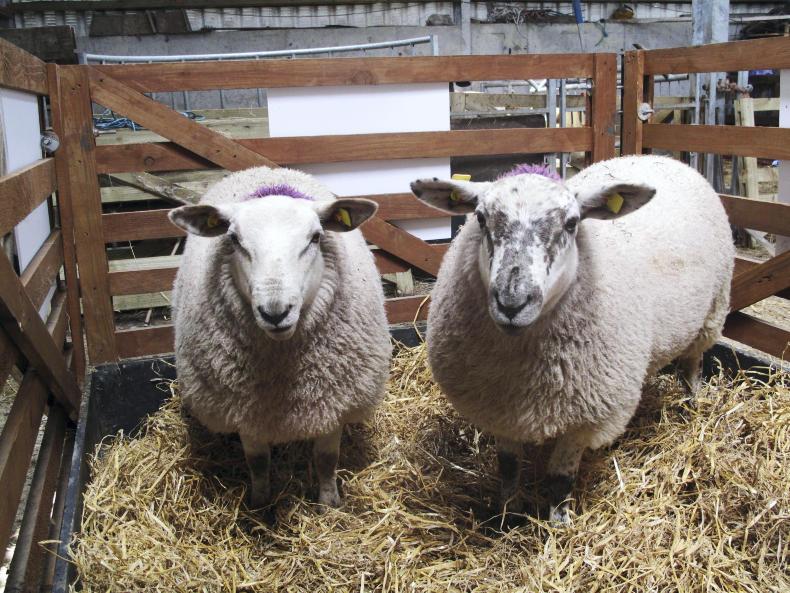
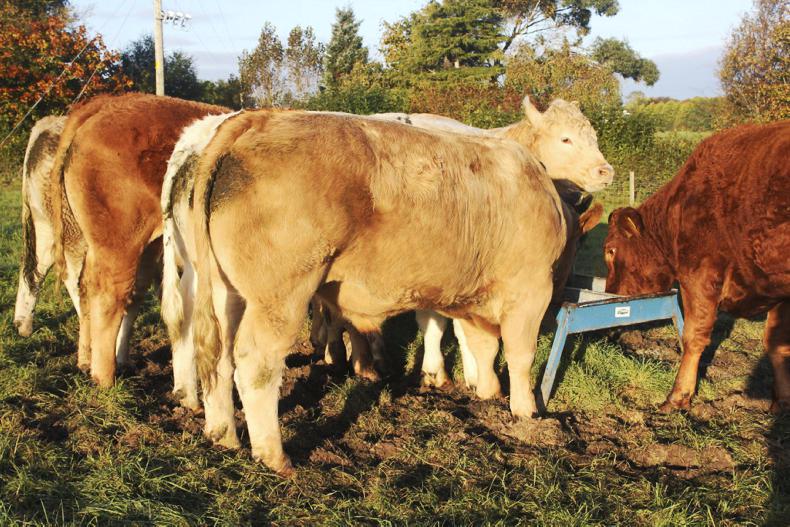

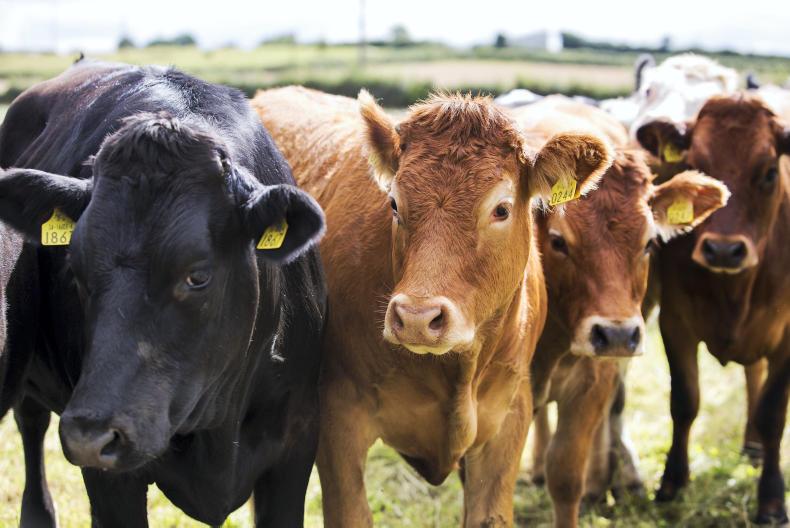
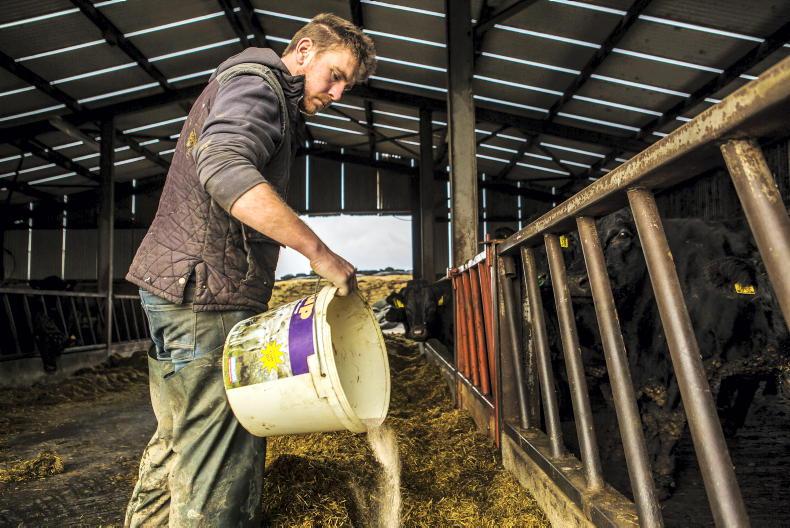
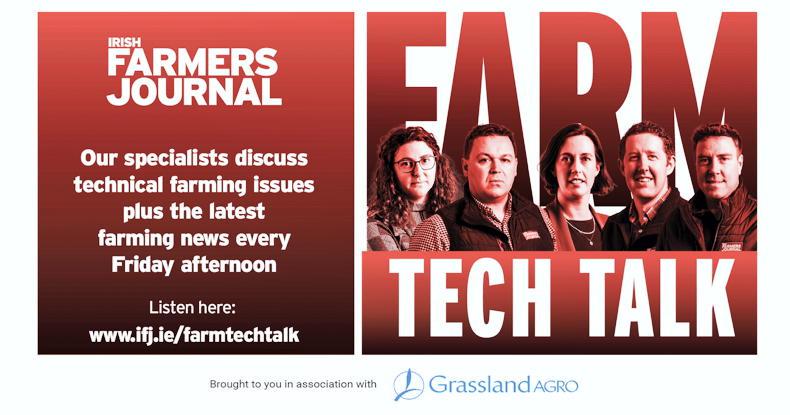
SHARING OPTIONS